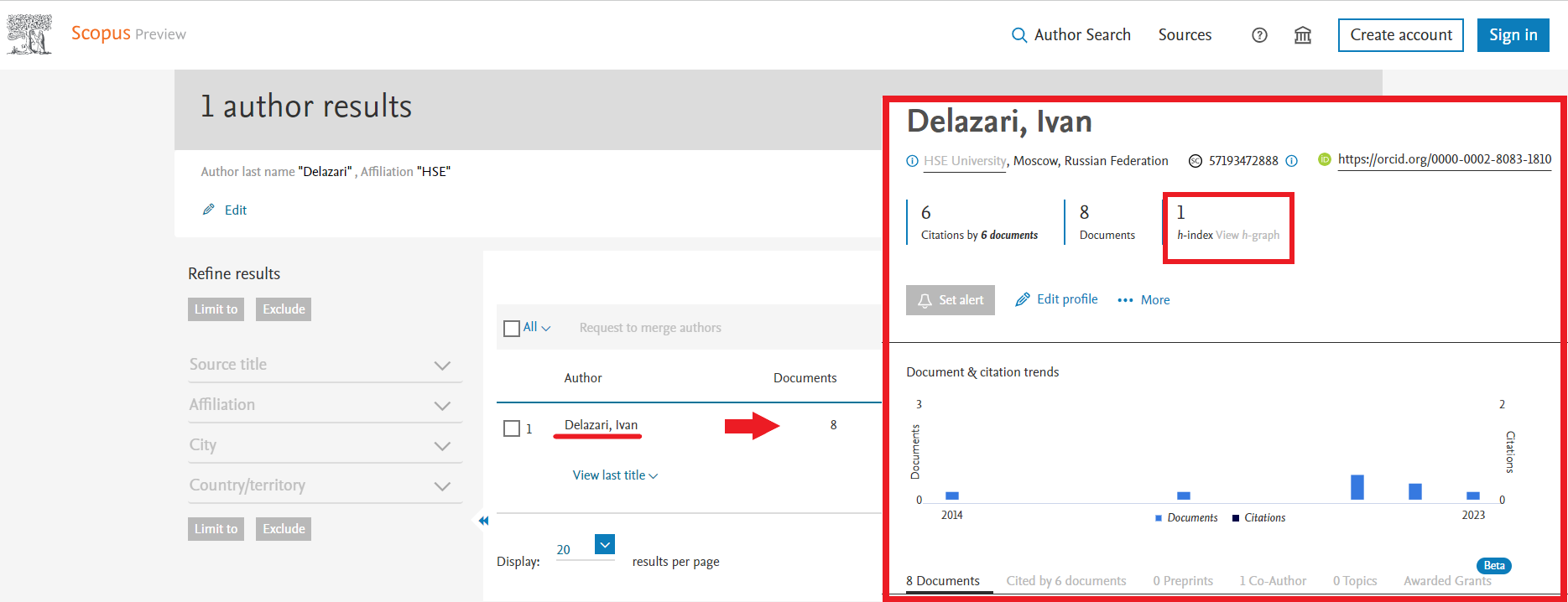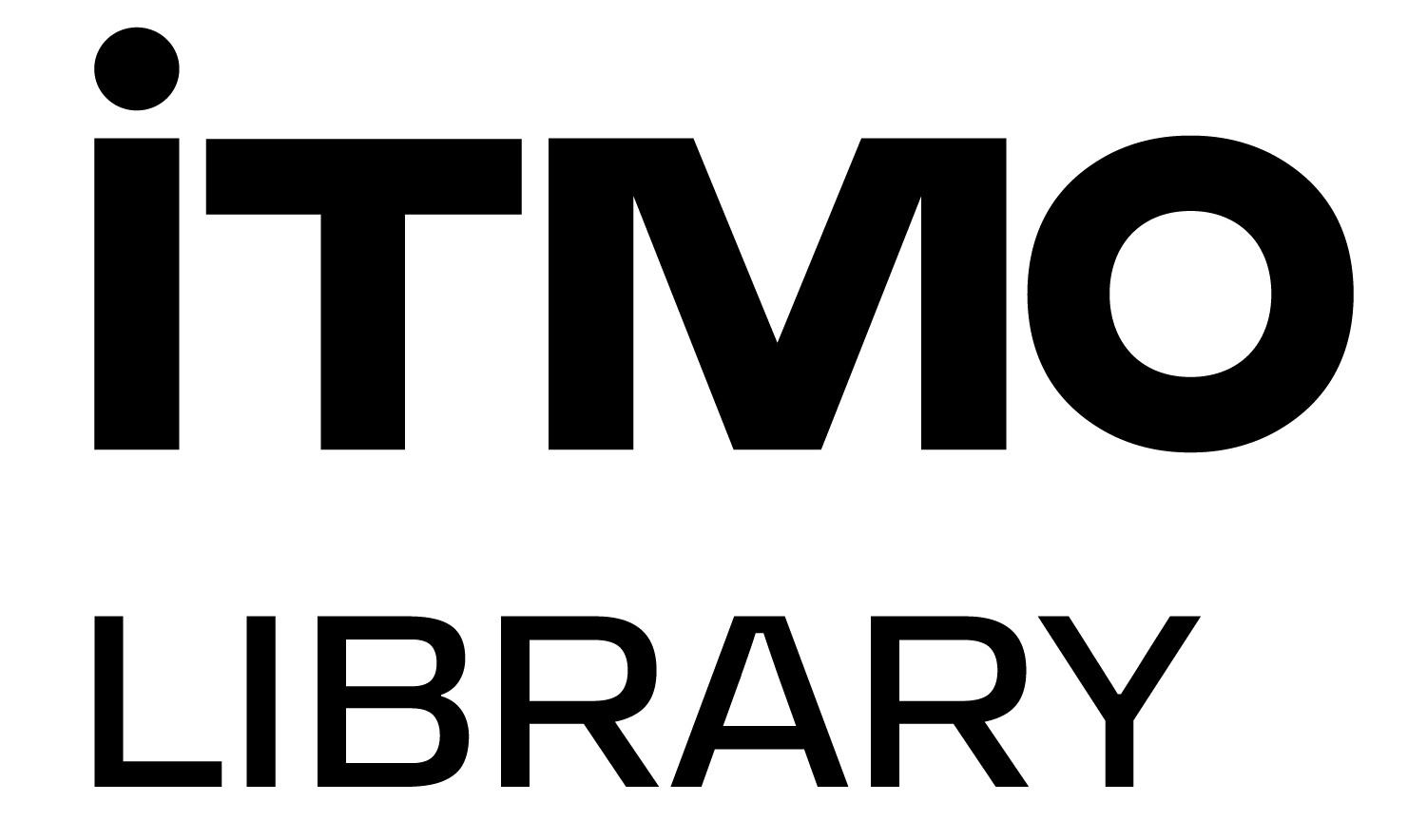Scientometric indicators have been developed to estimate objectively a scholar's contribution to science. Based on these indicators, academic society decides whether you would be awarded a grant, a scholarship or a title, whether you would be admitted to participation in a scientific competition or an international project. From the message below you will learn how to calculate and analyze one of the most significant indicators, the h-index.
Logically, the more articles a scientist writes, the higher any indicator would be. However, that's not quite true. The cornerstone of the h-index is not only the evaluation of the quantity of a scholar’s articles, but also of their quality.
Who developed the h-index?
In 2005, Jorge Hirsch, an Argentine-American professor, suggested a new method to quantify a scientist's academic contribution. This method takes into account both the number of articles published by a particular scientist and the number of their citations.
How to calculate the h-index?
H-index is a number that shows that at least h papers have been cited at least h times. Here is an example:
A young scientist P. has published 5 articles. The first one was cited 10 times, the second one- 6 times, the third and the fourth - 3 times each, and the fifth one was cited once.
The h-index in this case will be 3 because at least 3 papers have been cited at least 3 times. If someone cites the third and fourth articles at least one more time each, the h-index of the scientist P. will be equal to 4 because then 4 articles will be mentioned 4 times.The number of articles in this case matters because it limits the maximum value of the h-index (for the scientist P. it is 5). Even if a scientist writes a single article that will be cited 1000 times, his h-index will still be equal to 1. On the other hand, a professor after 50 years of career can have had several hundred articles published with one or two citations per paper. Thus, he may have the h-index at the same level as a young researcher.
The ranges of h-index values for various categories of scientists are as follows:
- a world-famous scientist - 16 and more;
- a member of the dissertation board - 11-15;
- a PhD - 3-10;
- a master, a young researcher - 0-2.
The contribution of a group of scientists, a university or even of a country could be evaluated according to the same method.
How to know the h-index of a particular scientist?
There is no need to calculate the h-index yourself because various analytical databases provide this information. Each of them will give an indicator based on their own lists of references in the articles. Thus, the h-index in different databases will be different for the same scientist.
- H-index in Scopus
Although Scopus has limited its functions in Russia, the h-index of a particular author can still be found. To do this, you can consult the website.

You can search by name + affiliation or by ORCID. Then see the author's profile.

- H-index in Web of Science
The platform requires registration. Search the author by name.

This is what a profile looks like. The metrics are displayed on the right. As you can see, the h-index can be different in different resources.

- H-index in RSCI (eLIBRARY)
Select the "Authors" section on the main page on the left in the “Navigator”

Enter the author’s personal data. We consider S. S. Muraveinikov’s profile (a researcher from ITMO University) as an example, To search, you just enter his last name and the organization name. It is also possible to indicate the city, country and the academic field, when the goal is to make a selection of specialists rather than to find a specific scientist.

- H-index in Google Scholar
Enter the last name and the initials in the search field.

The result will display a list of all works of the author found . Clicking on the name you can see the scientist's profile. If there is no link, it means that the author is not registered in the system and it is impossible to know their indicators.
We click on the name of one of Muraveinikov's co-authors, A. A. Nikitin.

The profile shows the h-index for both the entire career of a scientist, and for the last 5 years. Google Scholar also shows the i10-index value - this is the number of the most popular papers that have been cited at least 10 times.
Comparison of the indicators in different bases
eLIBRARY is a convenient database for a Russian-speaking scientist. However, the h-index can be overestimated there. If, for example, a journal was included in the HAC (Higher Attestation Committee) list once, these articles from this journal will influence the h-index value of their authors, even if the journal was later excluded from the list.
Compared to eLIBRARY, Scopus provides more information which is processed and taken into account when calculating the h-index. However, there is another issue with this database: if an author’s name is spelt differently, the system will see these variations as different people. The researcher would have to unite the profiles manually to avoid this case.
Google Scholar calculates h-index, basing on all open resources. Thus, articles from the closed databases, for example, from Web of Science, will be ignored. Besides, a common disadvantage for eLIBRAry and Google Scholar is that if the author has not created a profile in the system, it will be impossible to collect the data..
Disadvantages of the h-index and alternative options
The h-index is objective assessment only if we compare scientists who work in the same field because the citation rate in biology or medicine, for example, is much higher than in maths. Besides, as we mentioned above, this indicator doesn’t take into account some “outstanding cases”, when a particular paper had a great impact on a science, however, the total number of articles of the author is modest.
Scientists like Einstein should be estimated with the g-index proposed by Leo Egge. This indicator is equal to such a maximum g that the g most cited papers in the set of works have a sum of at least g squared citations. The calculation according to this formula takes into account the contribution of the most highly cited works of a scientist.
Experienced scientists have an unfair advantage over the younger ones when calculating the h-index. A paper published 50 years ago may have many citations, although its relevance is already doubtful. Jorge Hirsch himself realized this problem and proposed another indicator, them-index. It is calculated as the h-index divided by the number of years since the author's first publication.
Finally, a scientist whose work is often mentioned in a negative way will have an unreasonably high h-index. In other words, the h-index reflects first and foremost, the degree of an author’s popularity.


